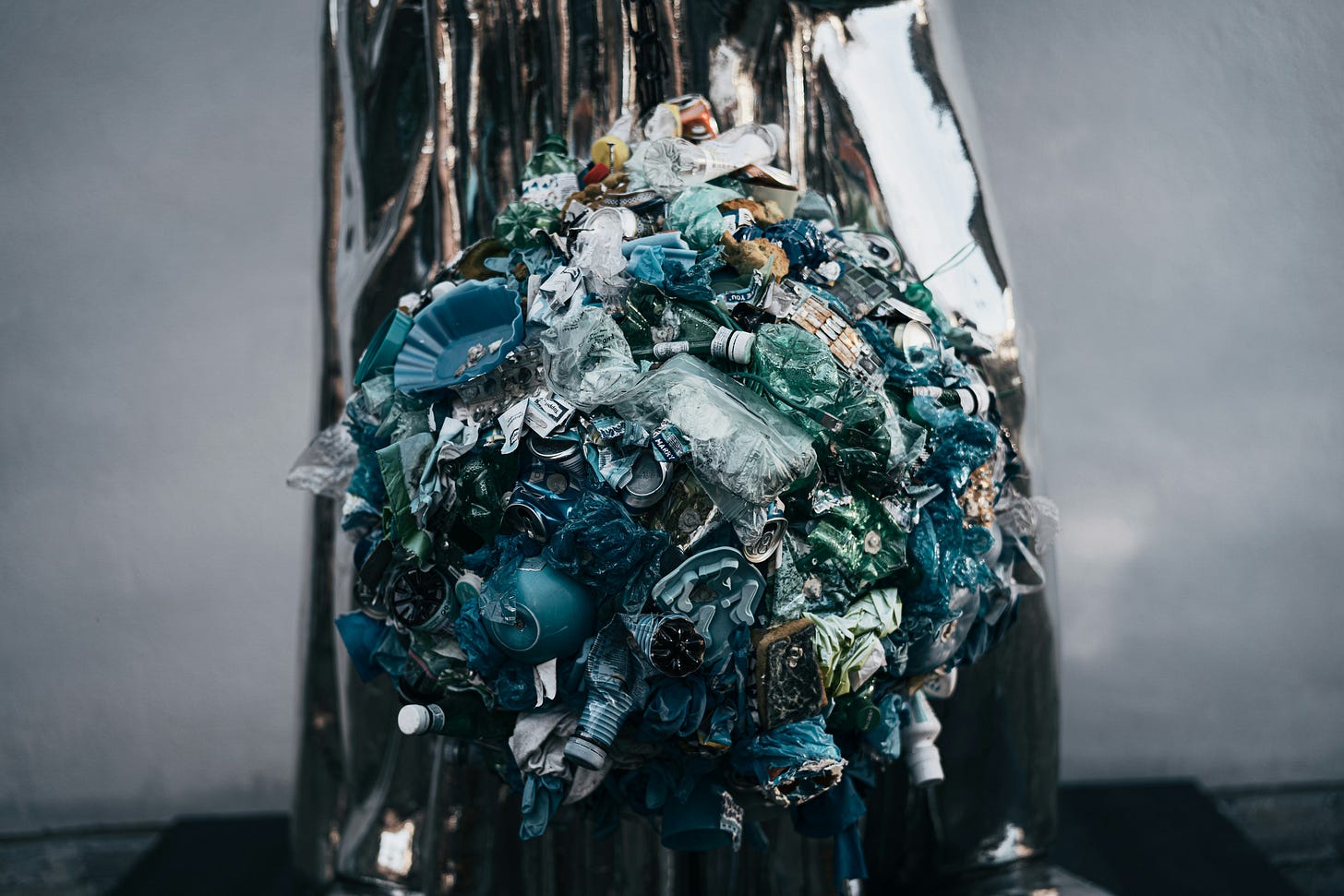Consume with Purpose: The Secret to Leveling Up Your Skills
Most people consume to escape. The best consume to evolve.
You scroll, you read, you watch, but are you actually learning? Every piece of content you consume is either fuel or fog. The difference between growth and distraction comes down to intention.
Let’s break down how to consume content with purpose and turn it into tangible skill growth.
Here’s The Problem We All Face
The Internet is overflowing with content.
We have tutorials, podcasts, newsletters, threads, reels, TikToks, and more. Without a filter, most of us drown in the information. Unsure of which direction to go and afraid to make mistakes.
The problem: Consumption without direction leads to mental clutter, shallow learning, and no real progress.
The insight: Purposeful consumption is a skill. And like any skill, it can be learned and improved over time.
For a long time, I was stuck in directionless consumption, powered mainly by TikTok. I can just get lost on that platform, and hours will go by, and I’ll have no idea what I spent those couple of hours watching.
The aimlessness led me to acquire a lot of random bits of information that might become useful at a future gathering, but that otherwise have no practical application to my work.
Core Idea: Consume with Purpose
The point is to be intentional about your selection of what, when, and why you consume.
Most pieces of content you engage with should tie to a goal or skill you’re building. For example, when I’m reading non-fiction, which I have read a lot of this year, it’s always to level up or add to an existing goal or skill.
The last book I finished, titled “Save the Cat! Writes A Novel” by Jessica Brody, is all about structuring your novel and making sure it’s irresistible to your readers.
Before that, I read the original “Save the Cat: The Last Book On Screenwriting You’ll Ever Need” by Blake Snyder.
Do you see the theme?
Storytelling.
All to ensure my upcoming short story is an improvement over the last one, and my novel is something worth reading.
This is purposeful consumption at its finest.
You may also consider asking guiding questions before consuming. Asking questions like:
What skill am I trying to level up?
How will I apply what I’m about to learn?
Is this teaching me something actionable, or just keeping me busy?
Don’t just collect content, connect it to practice.
The 3C System: Curate -> Capture -> Create
Step 1: Curate with precision
Build a “consumption filter.” Follow fewer creators, read fewer books, but go deeper on the things that pique your curiosity. Create playlists or lists aligned with a single goal (e.g., “Copywriting Deep Dive,” “SwiftUI Design Patterns”).
Step 2: Capture with intention
Take smart notes that include one-sentence summaries, key takeaways, or relevant examples. You might also try using the “1-3-1” summary format: one key insight, three supporting ideas, and one action.
Step 3: Convert to creation
Apply what you’ve learned immediately by building something, writing something, or teaching something. Consumption without creation is mental junk food. So, create a “consume -> apply” feedback loop: watch, do, reflect, repeat.
Real World Example: Software Development
In the early days of my coding journey, I spent a significant amount of time taking courses, learning languages, and following best practices without fully understanding the fundamentals of software development.
I knew the difference between a string and a boolean, as well as how to declare and assign a value to a variable. I could write for loops and define functions. However, I was unfamiliar with data structures, algorithms, software design, and architecture.
In fact, you could say all that was once a blind spot of mine.
I had no idea they were relevant to the things I wanted to do in software development.
Nevertheless, I selected five books that every software developer should read, narrowing down the list from a larger selection. I narrowed down a swath of tutorials to just a handful that focus on key concepts I need to grasp while guiding me through projects I could build alongside them.
Then I started to apply what I was learning to the project I’m working on here and there. What I have found is that I remember a lot more of what I learn, and every time I sit down to code, I’m becoming a better software engineer.
Some Final Thoughts
Don’t consume more. Consume better.
Choose one skill you want to level up. Audit your current content diet.
Replace random scrolling with focused studying.
Remember: Curate → Capture → Create
This week, pick one area. Create your “Purpose Playlist.” Learn. Apply. Share what you build.
---
P.S. Want a framework for learning faster and getting results from what you consume?
👉🏾 Check out the 10-Hour Skill Accelerator--learn any skill in just 10 focused hours.



Love this. “Fuel or fog” is such a sharp way to put it. I’ve noticed the same thing with my own content habits — half the time I’m ‘researching,’ I’m really just hiding from doing the actual thing 😂 The Curate → Capture → Create cycle might be the most useful formula I’ve read in a while.
I’ve been guilty of watching countless production tutorials but rarely finishing tracks. I like the 3C system, especially convert to creation. I plan to set aside 20 minutes after each video to immediately test what I learned in my DAW. This way the learning sticks and I can build a portfolio of songs instead of a playlist of videos I never watch. Thank you for the great tips Idris Elijah!